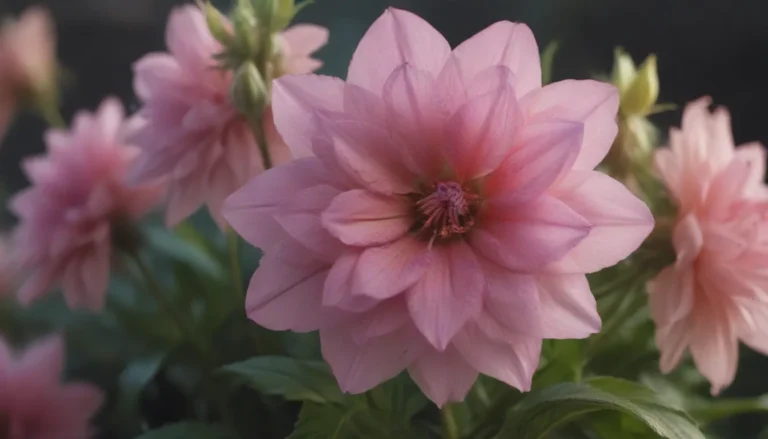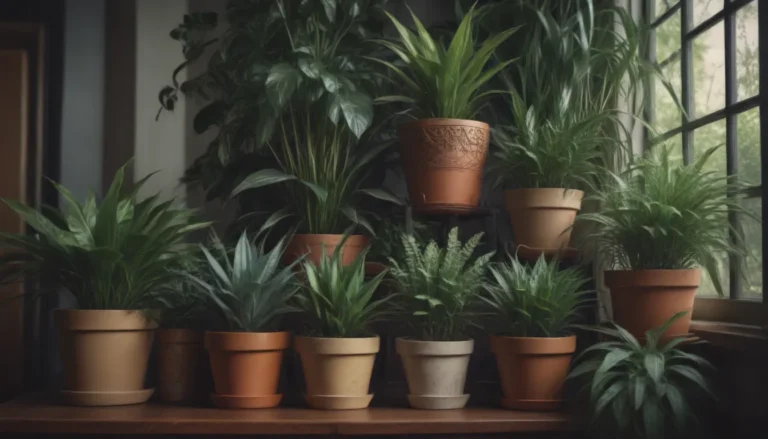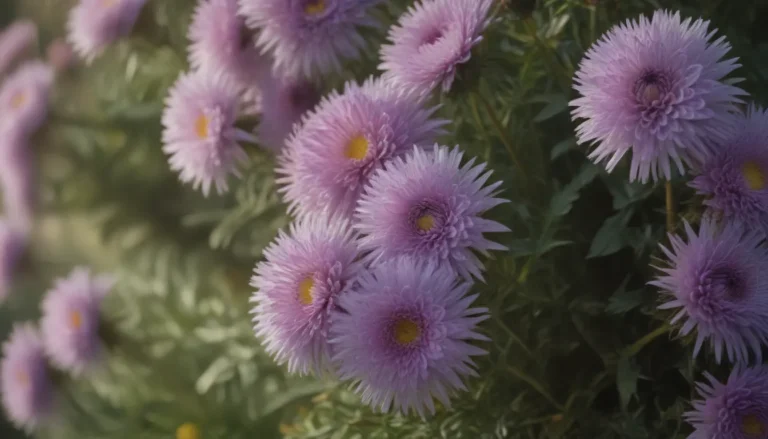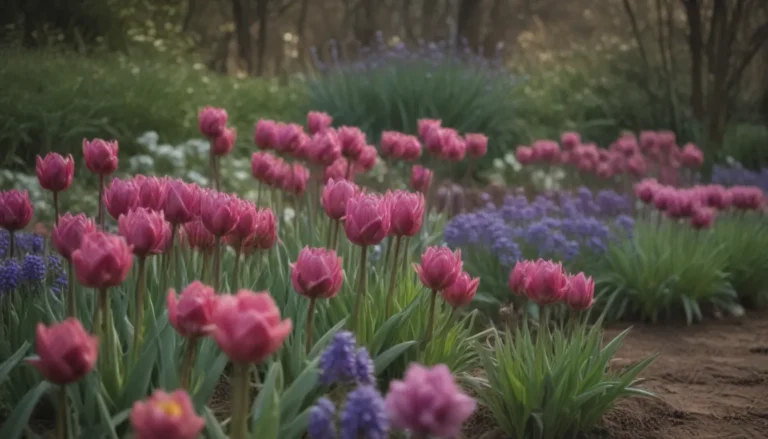The Ultimate Guide to Growing and Caring for Scaredy Cat Plants

Are you looking to add a unique and interesting plant to your garden that also has the potential to repel unwanted animals? Look no further than the Scaredy Cat Plant (Coleus caninus or Plectranthus caninus). Originating from southeastern Africa, this flowering perennial, a member of the mint family, is known for its grey-green oval leaves and dark violet-blue flower spikes that bloom from late spring through summer.
In this comprehensive guide, we will walk you through everything you need to know to successfully grow and care for Scaredy Cat Plants in your garden. From planting and propagation to pruning and overwintering, we’ve got you covered with valuable tips and information to help you cultivate a flourishing garden with these unique plants.
Getting Started: Planting Scaredy Cat Plants
Whether planting from seed or a potted nursery start, the process for growing Scaredy Cat Plants remains relatively simple. Here are some key steps to keep in mind:
- Plant seeds or nursery starts in the spring after all danger of frost has passed.
- Space plants about two feet apart to allow for optimal growth.
- Plant in full sun with dry soil for best results.
- Consider planting Scaredy Cat Plants among vulnerable garden specimens to test its purported animal-repelling abilities.
Scaredy Cat Plant Care Tips
Taking care of your Scaredy Cat Plants involves providing them with the right conditions to thrive. Here are some essential care tips to keep in mind:
Light
- Scaredy Cat Plants prefer full sun but can tolerate partial sun.
- Ensure they receive some hot afternoon sun for optimal growth.
Soil
- Plant in soil with good drainage, preferably sandy soils.
- If growing in a container, ensure adequate drainage with a mixture of potting soil, peat moss, and sand or perlite.
Water
- These plants are drought-tolerant and usually do not require supplemental watering.
- During prolonged drought, water with a one-inch soak every two to three weeks.
Temperature and Humidity
- Hardy in zones 10 and 11, with potential winter survival in zones eight and nine with proper mulching.
- Thrives in relatively arid conditions.
Fertilizer
- Apply a diluted balanced fertilizer monthly during the growing season.
- Withhold feeding in winter months for regions where it grows as a perennial.
Pruning and Propagation
Proper pruning and propagation techniques can help your Scaredy Cat Plants flourish. Here are some tips to consider:
- Pinch back leaves early in the season for a fuller, bushier plant.
- Deadhead spent flowers to stimulate more blossoms and extend the bloom period.
- Propagate through rooting stem cuttings at any time during the growing season.
How to Get Scaredy Cat Plants to Bloom
Encouraging blooming in your Scaredy Cat Plants is simple with the right conditions. Here are some factors that might promote more blooming:
- Ensure better sun exposure.
- Provide additional fertilizer for optimal growth.
Common Problems and Benefits
While Scaredy Cat Plants have few problems, ensuring proper care can help address any issues that arise. Consider the following:
- Leggy stems may result from planting in shady conditions, but regular pruning can help maintain plant fullness.
- Self-seeding in the garden is common but rarely disruptive in regions with winter frost.
Myth or Miracle: Animal-Repelling Abilities
Despite anecdotal stories suggesting that the plant’s unpleasant odor repels animals, there is no scientific proof to substantiate these claims. While Scaredy Cat Plants may deter deer, rabbits, and insects, their efficacy remains unverified. Other aromatic plants like rue, lavender, and rosemary may offer similar benefits in the garden.
In conclusion, Scaredy Cat Plants offer a unique and intriguing addition to any garden. With the right care and attention, you can enjoy their distinctive foliage and vibrant blooms throughout the growing season. Whether you’re a seasoned gardener or a novice enthusiast, cultivating these plants can be a rewarding experience. So, roll up your sleeves, grab your gardening tools, and get ready to watch your Scaredy Cat Plants thrive in your garden!





